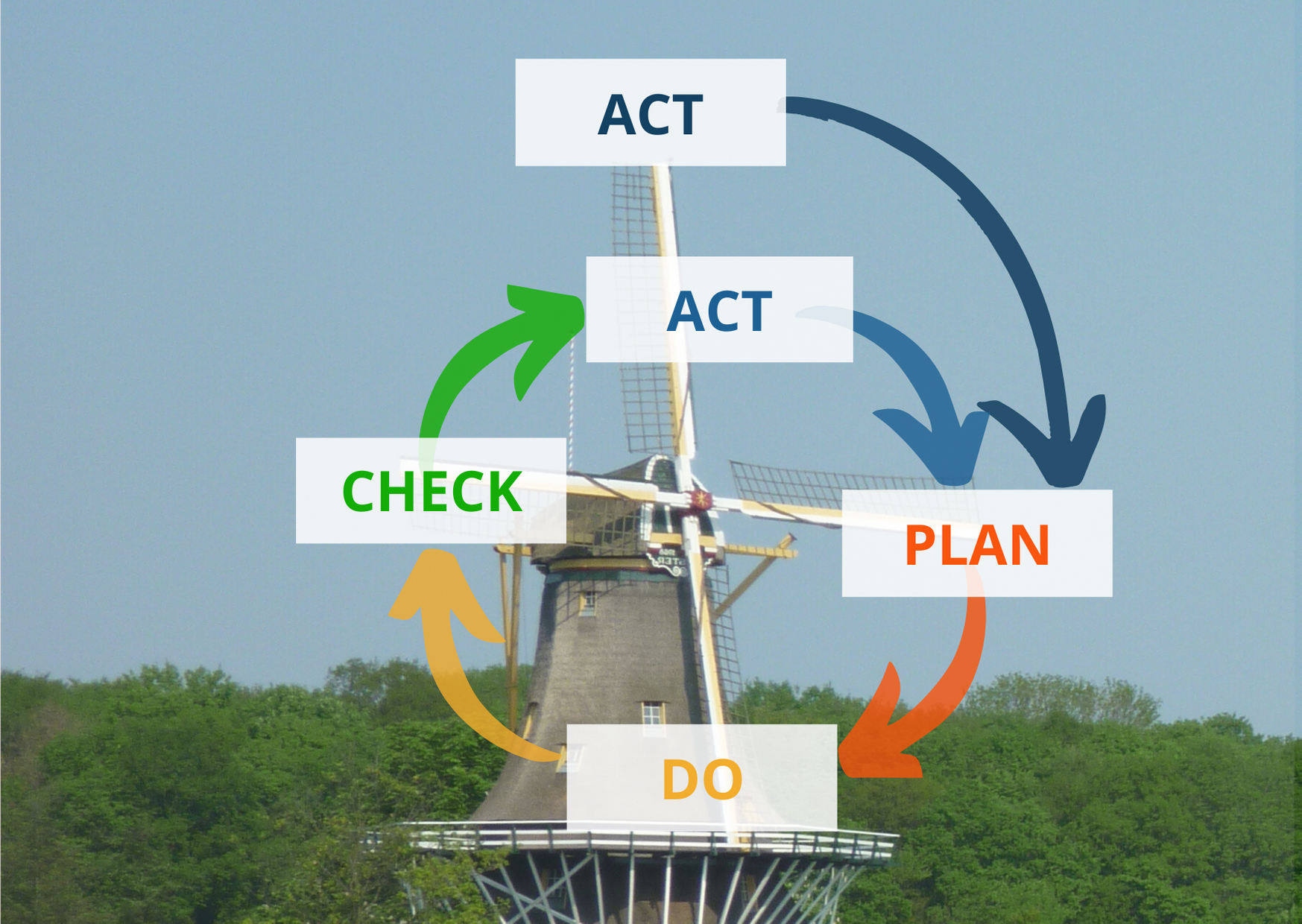Environmental impacts of your Lean actions
On October 8th 2018, the GIEC report said that if we across by more than 1.5°C temperatures on the planet, those temperatures’ increase will generate a huge destabilization of our eco-system. One of the root causes is massive productions within industries and the management linked to them. With this mentality about production and by not listening your customer’s request, you will continue to generate wastes and destabilize our eco-system.
Using Lean and Continuous Improvement methodology might help to do not achieve this fatidic goals and reduce your costs.
In fact, every business might reduce their wastes (muda) linked to their productions / services. One of the tools to perform this action is the 5S methodology. By going to your actions' place, you will analyze on which area you are generating those wastes, understand the sources of them, find solutions to reduce them and develop new standards to keep your wastes eliminated (or the level as low as possible).
By the way, within a business, you have 7 types of wastes identified by the Toyota Production Systems (TPS). Do you know them? More explainations
Identifying your wastes by collecting data is your FIRST ACTION. It has to be done with a multi-disciplinary team. This first step will help you to find the root causes of them (planning, wrong design,…). From your data, you have to PLAN your opportunities of improvements. Then, you have to DO immediate measures to protect your company and customers. Each solution have to be CHECKED to be sure that they are appropriated before going to the next step by putting in place LONG-TERM ACTIONS to reduce your wastes and improve your processes. A problem not solved might impact everyone in a company:
- Some complains from customer received by quality
- Wrong requirements to suppliers from purchasing
- Huge storage of raw material / components in logistic
- Wrong setup for equipments made by the engineering
- Not enough maintenance performed on machines with more energy consumed for nothing
- Problems impacting the budget with overcosts in finance
- Lost of productivity in production
- Turnover of people as Human Ressource impact
- …
Example in an industrial company
Let’s take wastes of overproduction and making defective products in an industrial business. With both of them, for nothing, you will consume a lot of raw materials/components which will impact negatively on the environment. In fact, you will be obliged to throw those goods because you do not manage to sell them (overproduction). As well, if some of them do not respect customers requirements and if you can not recycle them, you will be obliged to throw your parts (making defective products). As well, this unproductive management will have a negative impact in term of import/export because you will use transports for unnecessary raw materials and goods. It will cost you a lot. It will be the same consequences for the storage costs by occupying places for nothing. To conclude, with those wastes, you will lose money because you transported, stored, consumed raw materials/components and produce goods for nothing. If you do not care about the environment, are you willing to follow the same path with your money? I do not think so.
Among solutions to avoid wastes of overproduction, companies need to have good planning and schedules in logistic to respect the principle of just-in-time. To support it, in production, some Kanban system with visual might be useful. For example, on a flow rack which can contain a maximum of 10 items, a color system will be useful to jugulate the production’s flow.

Example of color system which might be used for a flow racks
For people and managers, it will be a good tool to control your production’s level, to jugulate the flow between two distant working stations, to use efficiently your resources and reduce your costs.
Furthermore, on a production line, between two close working stations, the principle of one-piece-flow is useful to avoid overproduction but as well to reduce defective products. In fact, cumulated a large range of goods in a small place will increase the potentiality of making scraps. Those wastes generated on the line will increase your costs, reduce your margin and impact negatively on the environment.
With those examples, you can see that using lean principles in business will help you to have a positive impact on the environment by reducing your wastes and as well on your financial results by reducing your costs.
Have you already observed that, with the Lean methodology, you will have impacts on the environment and your financial results? Please, feel free to contact our consultant or to give your feedback below.

